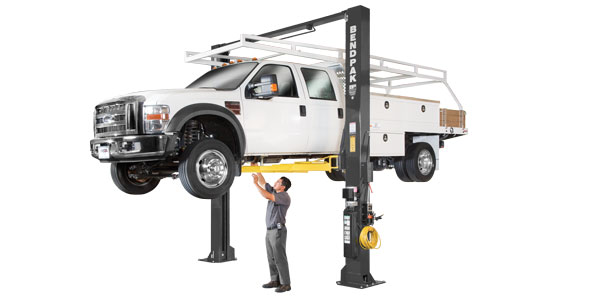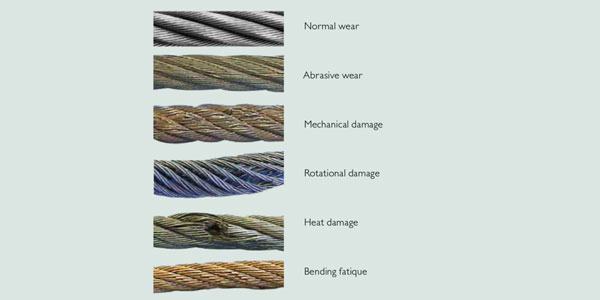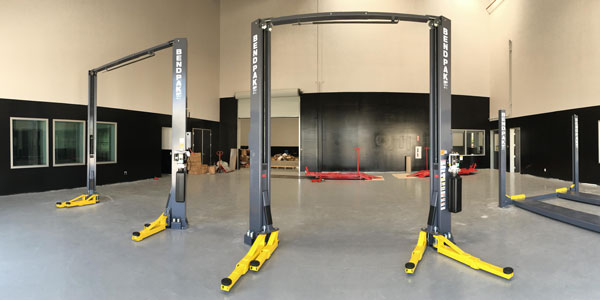The experts at Kenworth Truck Co. provide the following tips:
• Flex tubing is the first place to look for noise leaks—inexpensive tubing is usually the first spot to fail. Flex tubing should always be installed in a half-extended state. Fully extended flex tubing will cause premature failure. Never use flex tubing to form an exhaust pipe bend; use elbows instead.
• Make sure that the hangers supporting the exhaust system are not too loose and not too tight, or they will cause noise.
• A resonator can be installed to cancel out “bad” sound. Installing a dual muffler/“Y” connector system can reduce noise. The “Y” connector is installed so that two pipes run out of the original one. They each lead to a muffler. The result is that each pipe’s noise is reduced by more than half.
• Around the muffler—inspect the area around clamps for cracks and rust-through. Noise and soot can escape from these places. An even greater concern comes with escaping exhaust gases, which can lead to the truck driver being poisoned by carbon monoxide.
• Look at elbows, stacks and exhaust pipes. Dented or crushed tubing restricts exhaust flow and increases back pressure. Even small dents will reduce fuel economy and increase turbocharger wear. Large dents drastically reduce fuel economy by increasing bearing and lower cylinder wear. They will also raise exhaust temperatures.
• Don’t have a rain cap on your stack pipe? Consider getting one. While mufflers will prevent rain, melted snow, and sleet from going through the muffler back to the engine, a rain cap will prevent a slurry of soot being blown on the trailer.
• Clamps should be checked for cracking. Clamps should also not be reused…like other bolted components, they can stretch and weaken over time.
And back to flexible tubing…patching doesn’t do the job, it just won’t last. It’s best to replace the entire section.




